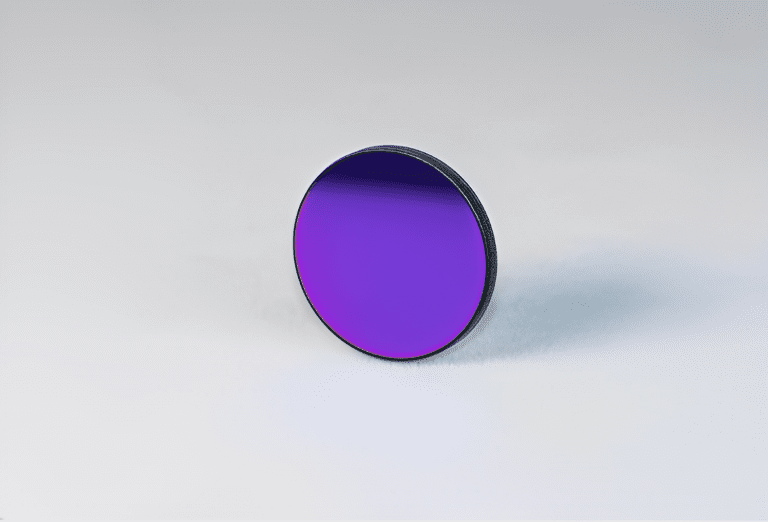BandPass Filter Customized Optical Components
- Material:Optical glass / K9 / Quartz
- Diameter: 1.5 – 200 mm / Custom.
- Thickness: 0.21 – 200 mm
- Width Half Maximum (FWHM): 8 nm, 10 nm, 15 nm, 20 nm, 70 nm, 80 nm, 100 μm
- Cut-off depth: OD2/OD3/OD4.
What is a BandPass Filter?
You can consider the bandpass filter as a combination of a high-pass filter and a low-pass filter.
It is an important type of filter.
It can only allow light within a specific wavelength range to pass through.
While other light of wavelengths cannot pass through.
It seems like a “goalkeeper”, allowing only the light of the target wavelength range to pass through.
Advantages of the BandPass Filter?
-
Specific selectivity:
The BandPass Filter only permits the specific range of lights to pass through. Therefore, it canbe used like spectral analysis.
-
High transmittance:
The transmittance in the target wavelength range is usually 80% – 95%.
-
Wide/Constricted Bandwidth Options:
The range of bandwidth is quite wide.
-
High stability:
Coating can be customized to make the filter more stablity.
What is the difference of BandPass Filter and Low Pass Filter?
Their working principles are almost the same. Both allow specific wavelengths to pass through while blocking out other ultraviolet rays.
The biggest difference between them is that the low-pass filter cuts off the frequencies in the high-frequency band beacuse of its unique characteristics.
However, the filter is mainly used inthe middle frequency range. This is its own choice.
Application fields
-
Spectral analysis:
Select specific wavelength bands for detection
-
Biological imaging:
Choose excitation or emission light in fluorescence microscopes
-
Laser system:
Admit specific laser wavelength to block other stray light.
-
Machine Vision:
Combined with industrial cameras to filter out interfering light and enhance image contrast
-
Environmental monitoring:
Measuring the light absorption characteristics of specific pollutants in corresponding wavelengths.



